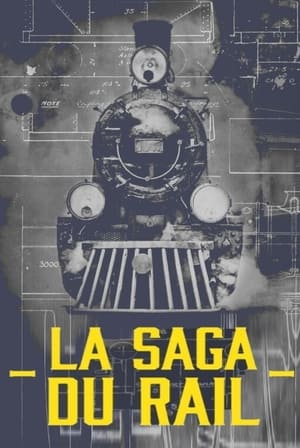

The Railroad Story(1958)
The story of the railroad in Illinois and the train's role in moving product out of the states to the rest of America.
Movie: The Railroad Story

The Railroad Story
HomePage
Overview
The story of the railroad in Illinois and the train's role in moving product out of the states to the rest of America.
Release Date
1958-01-01
Average
0
Rating:
0.0 startsTagline
Genres
Languages:
Keywords
Similar Movies
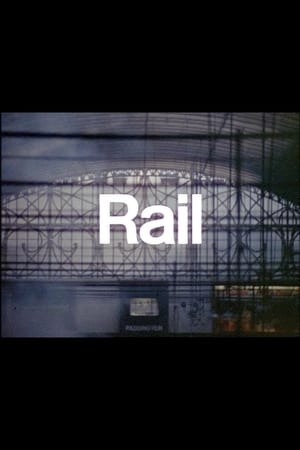 7.3
7.3Rail(en)
"Rail" captures British Railways at a major turning-point in its history. In certain respects, this was a period of considerable upheaval and loss. There was a facing-up to the increasing need for a big modernisation drive. Full and speedy electrification, or the wider promotion of diesel-power on remaining lines, became a matter of top priority. Geoffrey Jones recorded a rapidly disappearing world of everyday steam travel, with its labour-intensive rail workforce : some of the footage in "Rail" (recognisable from "Snow") dates from around 1962.
Glimpses of Western Germany(en)
This James A. FitzPatrick Traveltalks short visits the West German cities of Hamburg, Bremen, Munich, and Heidelberg. Included are scenes of World War II destruction that lingered at the time.
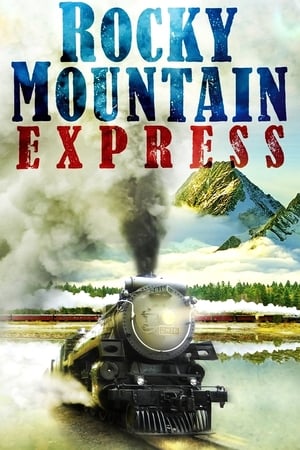 5.9
5.9Rocky Mountain Express(en)
A history of the nation's first transcontinental railway accompanies a steam-train ride through the Canadian Rockies.
The Friendship Train(en)
This short film details the history of the 'Friendship Train', created, following the end of World War II, to travel across the United States to collect food for war ravaged countries in Europe.
 5.0
5.0The Beast(es)
Each year, hundreds of Central American migrants try to cross the northern border of Mexico on the freight train known as the Beast. That trip is usually the most dangerous journey of their lives. On the road many lost their dreams, their body parts and even their lives. Crossing Mexico is their biggest challenge, here are victims of discrimination, violence and even murder. This film portrays the suffering of those people who travel in search of a better life.
The Road of Fraternity and Unity(sl)
This first-person documentary provides an inside look into the terrifying and bloody events that shook Central Europe in the 1990s, as the filmmaker takes a trip along the road that once united the disparate states of Yugoslavia, from Slovenia to Macedonia. A film about memory, hatred, love and hope.
 7.3
7.3Drive-In Movie Memories(en)
A nostalgic, informative history of drive-in movie theaters, featuring extensive archival photographs and interviews with Leonard Maltin, John Bloom, Samuel Z. Arkoff, Barry Corbin and many others... Drive-In Movie Memories is a film celebration of America's greatest icon of youth, freedom and the automobile. What began as an auto parts owner's business venture to make some easy money accidentally became a magical place where romance, fun and a sense of community flourished. This film chronicles the drive-in's birth and development, its phenomenal popularity with audiences of all ages, its tragic decline, and its inevitable comeback as a classic form of Americana.
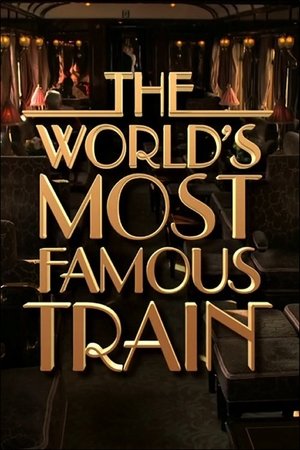 0.0
0.0The World's Most Famous Train(en)
During its nine-month-long season, the Venice Simplon-Orient-Express makes over 60 journeys, covering 150,000 kilometres, with the majority of trips between London and Venice. The train is comprised of 17 unique 1920s carriages that have transported a host of elite individuals across Italy, Switzerland, and Turkey for more than a century. This documentary follows the stories of the staff and passengers as the train makes its way across Europe, with some customers having paid more than £2,000 for the privilege.
 0.0
0.0Snowy Train(de)
Inside the train from Wengen to Lauterbrunnen, the snow-covered landscape and the darkness of the tunnel, three windows offer serene yet ever-changing impressions.
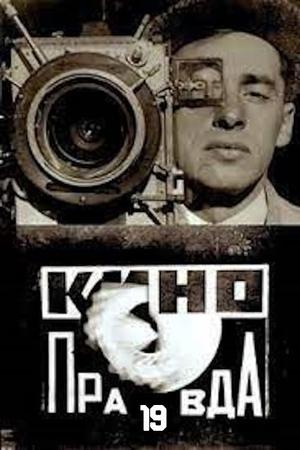 5.3
5.3Kino-Pravda No. 19: A Movie-Camera Race Moscow – Arctic Ocean(ru)
Dziga Vertov-directed Soviet newsreel covering: Connecting city and country, south and north, summer and winter, peasant women and worker women / Emancipation of women in the USSR
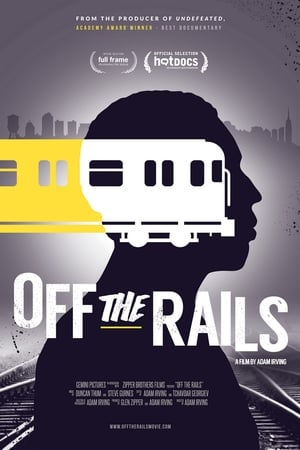 6.9
6.9Off the Rails(en)
The remarkable true story of Darius McCollum, a man with Asperger's syndrome whose overwhelming love of transit has landed him in jail 32 times for the criminal impersonation of NYC subway drivers, conductors, token booth clerks, and track repairmen.
 7.4
7.4Stations of the Elevated(en)
Stations of the Elevated exposes viewers to an underground art scene- that is, one found exclusively on the sides of subways and train cars. A moving portrait of late-70's NYC, the film boasts a soundtrack by jazz legends Charles Mingus & Aretha Franklin.
 7.0
7.0Traveling Light(en)
An Amtrak train pulls out of Penn Station in New York City on a cold, sunny February morning. The train moves forward as the landscape changes—the East Coast giving way to the Midwest. Passengers fill their roles, the snow begins to fall and the next train station is announced, all while the light continues shifting, bouncing, swelling and slouching into eventual darkness.
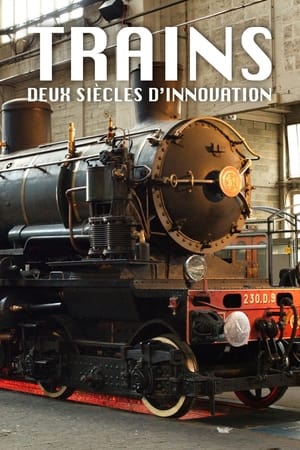 0.0
0.0Trains: Two Centuries of Innovation(fr)
Nearly 200 years ago, the train revolutionized our lives. It redrew the maps of states and nations, and changed concepts of distance and time like no other invention before. What visionaries imagined the development of the railroad? How did we get from the first chugging locomotives to the smooth giants of speed we see today? How does France's extensive rail network keep running smoothly, 24/7?


